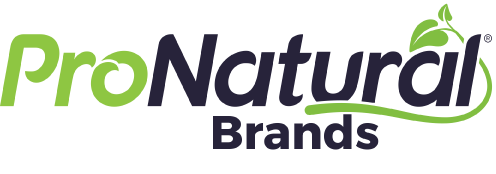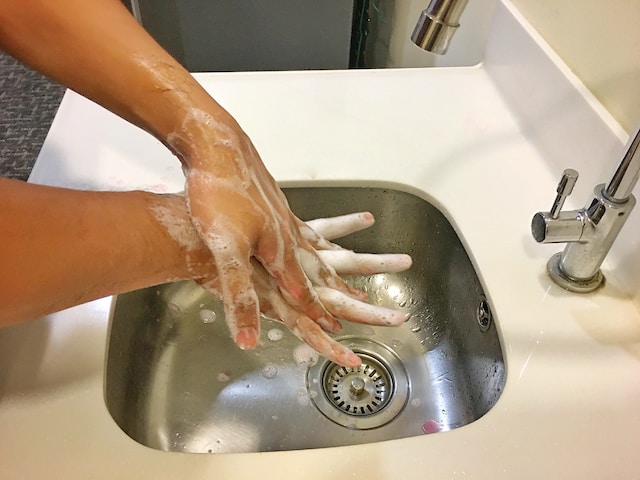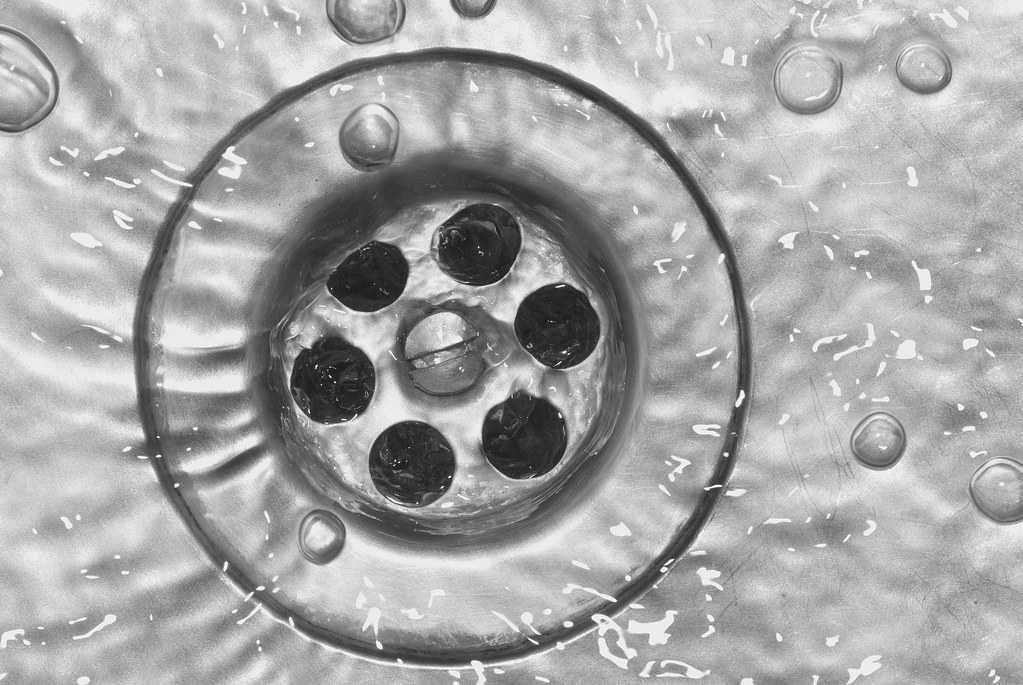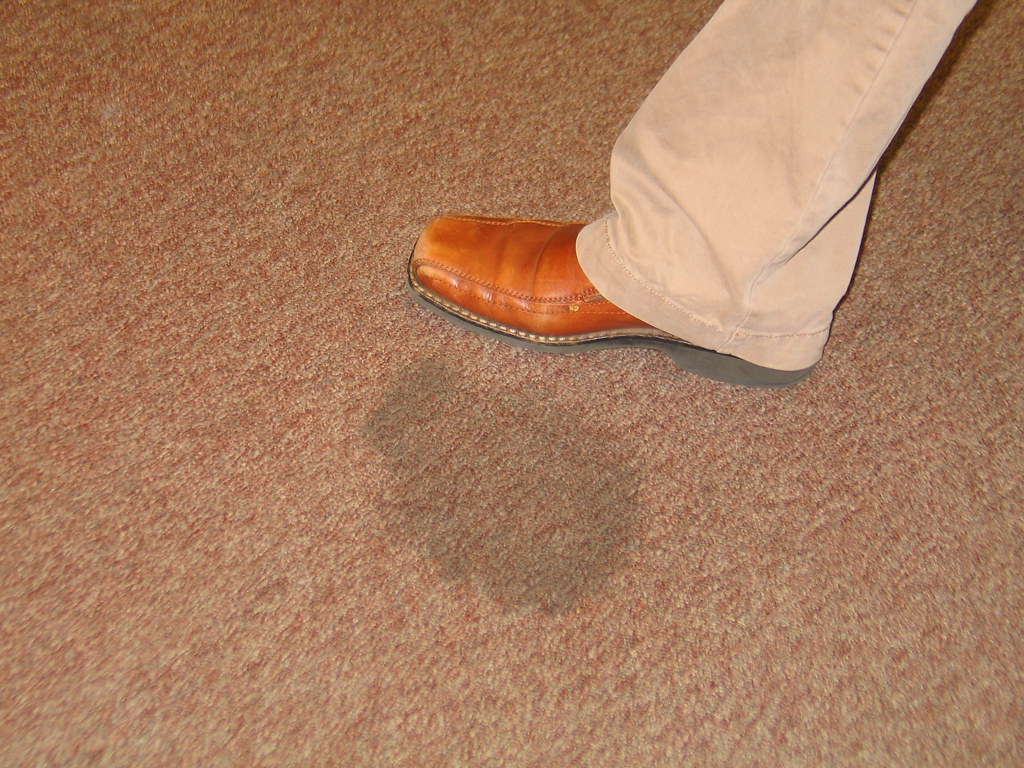A degreaser contains cleaning agents that help dissolve stubborn soils and water-insoluble matters such as oil, grease, lubricants, tar, wax, and gum on virtually all types of hard surfaces. This makes degreasers far more powerful than a traditional all-purpose cleaning solution.
However, we don’t hear about degreasers all that often, although they are one of the most effective commercial- and residential-use cleaning products available. So, let’s learn more about them and how to use them safely.
Degreaser Rules to Follow
One of the first things we should know is that because they are so powerful, they shouldn’t be used indiscriminately.
Most traditional degreasers contain ingredients that can harm the user and the environment. While this is not the case when safely using our All-Purpose Cleaner and Degreaser, which is citric acid based and is safe for the user and the environment, there still are some general rules we should follow when using any degreaser. Among those are the following:
- Start by using a traditional cleaning solution first. While a degreaser can work wonders at removing soil and grease on a variety of surfaces, as we mentioned earlier, it should only be used when a conventional cleaning solution proves ineffective.
- Avoid using too much or too little degreaser. Be sure to follow the manufacturer’s mixing instructions carefully.
- While degreasers are available in different forms — ready-to-use, gallon jugs, and so on — it is usually the most cost-effective to buy them in gallon containers.
- Wear proper protective gear. Wear gloves, and it’s recommended that you wear goggles as well.
- Once a degreaser has been applied to a surface, give it a few minutes to work before wiping the surface or mopping a floor. Remember, these products dissolve grease, oil, and contaminants, which takes a few minutes.
- Never mix a degreaser with any other cleaning agent. Specifically, bleach and ammonia should be avoided. This is especially important in commercial kitchens because bleach is often used to clean commercial kitchen floors.
- When using a degreaser in a commercial or residential kitchen, make sure all food items are covered. This is less concerning when using citric-acid degreasers. But it is still a good idea to have all food items covered.
- If using the degreaser near electrical appliances, the appliances must be turned off. Again, this is especially true when using a traditional degreaser, as the solvents in a standard degreaser can conduct electricity.
- Sometimes degreasers are used with floor scrubbers to clean floors. This is particularly true in industrial locations where there may be grease buildup on walkways. It is best not to use a coarse red pad, as it might remove the floor’s finish. Instead, use a less abrasive blue pad; a blue pad will remove soil but protect the floor and the finish.
- If mopping floors with a degreaser, rinse and change the mop frequently. During the mopping process, substantial amounts of soil will be collected on the mop. Continuing to mop with a soiled mop head can reduce the efficacy of the degreaser and spread soils.
Before Purchasing a Degreaser
Here are three more things we need to know before purchasing a degreaser. When selecting a degreaser, look for products that are:
Readily biodegradable. The ingredients will decompose, having minimal long-term environmental impact.
Have no evidence of bioaccumulation. This is a word we do not hear that often. Bioaccumulation refers to the buildup of a substance or a chemical agent in living things and can be dangerous to our health. Select a degreaser that has no evidence of bioaccumulation.
Safe if spilled. Accidental spillage of a traditional degreaser can cause damage to some surfaces. Select degreasers that are safe if accidentally spilled on surfaces. By the way, ProNatural’s All Purpose Cleaner and Degreaser meets all these criteria.






